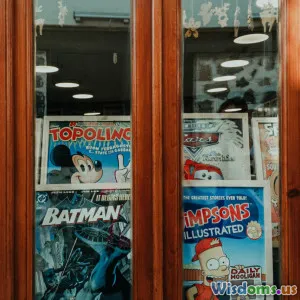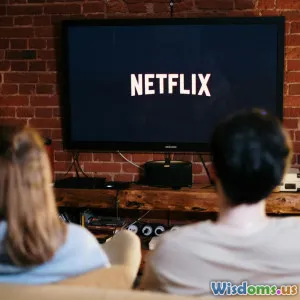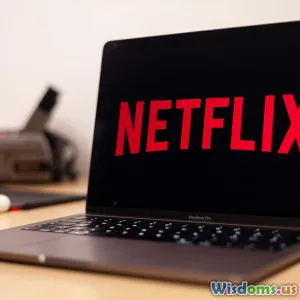
From Flop to Hit: Movies That Won the Streamers
18 min read Explore movies that flopped in theaters but became hits on streaming platforms. (0 Reviews)
From Flop to Hit: Movies That Won the Streamers
Hollywood is a land where success can be measured in milliseconds, and a "flop"—a movie that underperforms at the box office—was once doomed to be forgotten. But in the age of streaming, flop doesn’t always mean failure. In fact, the rise of Netflix, Prime Video, Hulu, and other streaming giants has breathed new life into movies derided or overlooked in cinemas. Suddenly, these films are finding vast, engaged audiences—and in some cases, rebounding to become cultural phenomena.
In this article, we’ll explore the anatomy of a cinematic comeback: the tales of movies that, despite theatrical disappointment, achieved redemption and even glory with the help of streaming platforms. Along the way, we’ll dissect the factors behind their second wind, outline key examples, and analyze what makes streaming the savior for these cinematic underdogs.
The Transformative Age of Streaming Success
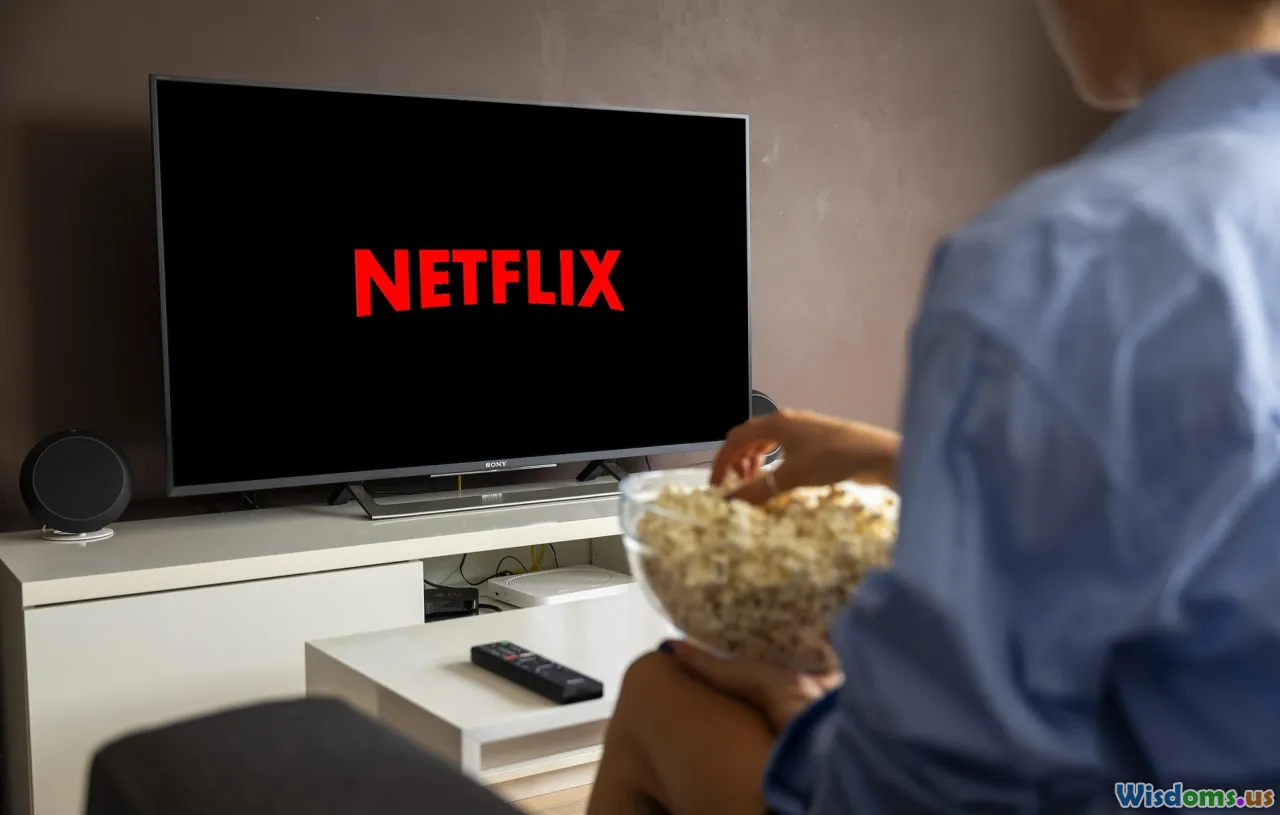
The arithmetic of box office performance has changed drastically in the past decade. Before the streaming era, a film’s success or failure depended nearly entirely on theatrical turnout and home video sales. Risky passion projects and mid-budget experiments, when rejected by mass audiences, slipped into obscurity. But the explosion in home streaming has radically leveled the playing field.
Instead of chasing opening-weekend numbers, streaming platforms emphasize content libraries, algorithmic recommendations, and viral word-of-mouth. This means obscure or panned films can get a second shot, and sometimes, their earlier "failures" serve as reverse-marketing: "How bad is it really?" becomes a question for millions, and once discovered, fans often re-evaluate formerly panned productions. Furthermore, the absence of ticket costs encourages audiences to take risks on films they might skip in theaters.
Consider, as a case study, Warner Bros’ decision to debut their 2021"Snyder Cut" of Justice League exclusively on HBO Max. A complicated theatrical history led to a reimagined streaming sensation, drawing a new wave of viewers.
Cult Classics Rediscovered: From Obscurity to Obsession

Some of today’s streaming giants are built on the resurrection of cult classics: films that bombed in theaters but flourished online. What gives these films a second wind?
Take Scott Pilgrim vs. The World (2010), directed by Edgar Wright. Fusing video-game aesthetics with quirky romance, it underperformed at the box office (grossing just $49 million on a $60–85 million budget) and seemed destined to be a footnote. But once it hit streaming and home video, a new generation adopted its idiosyncrasies and quotable quips. On Netflix years after its release, "Scott Pilgrim" re-entered cultural conversations, spawned cast reunion specials, and inspired an anime adaptation, entirely because of fervent streaming fandom.
Similarly, Donnie Darko (2001) baffled U.S. moviegoers during its limited early run. In the streaming and DVD era, however, its enigmatic time-travel themes attracted legions of fans. Websites, discussion forums, and “midnight stream” events transformed the movie from underdog to definitive cult hit.
Cult classics thrive on repeated viewing, analysis, and sharing—three behaviors that streaming nurtures perfectly. Viewers can pause, revisit, discuss, and invite friends to experience hidden cinematic gems, effectively rewriting a film’s destiny.
Marketing Misses, Streaming Hits: The Audience Problem
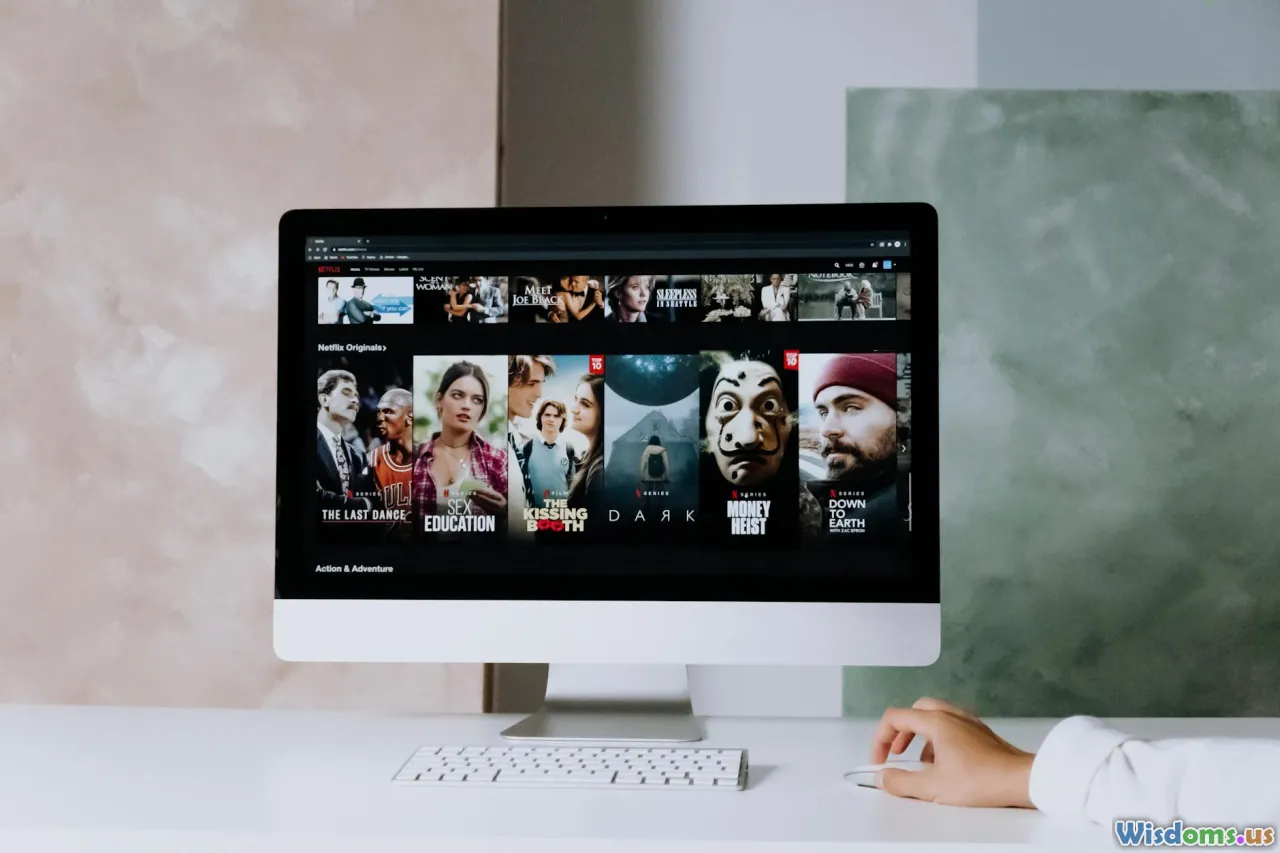
Many flops owe their fate less to quality and more to misdirected marketing or bad timing. Theaters offer one narrow shot; streaming provides a second runway. Let’s analyze this with some recent and vivid examples:
"Edge of Tomorrow"/"Live Die Repeat"
Doug Liman’s Edge of Tomorrow (2014), starring Tom Cruise and Emily Blunt, faced a marketing disaster: released under multiple titles, tagged with a cryptic slogan, and mispromoted alongside other tentpole action flicks. Theatrically, it disappointed—but streaming services reframed the film as an inventive, rewatchable sci-fi action gem. Its high-energy, video-game-style narrative rewarded repeated viewings. Fans used Netflix, Prime, and later, HBO Max to rediscover and promote the film, leading to a belated surge in popularity and calls for a sequel.
"John Carter"
Bridging the marketing gap, Andrew Stanton’s John Carter (2012) holds a notorious legacy for poor promotion leading to its box office implosion. But on Disney+ (where it joined a broader, accessible sci-fi adventure library), the film won appreciation for its visual effects and pulpy storytelling. Fresh context and ease of access propelled audience reevaluation, proving faulty marketing—not production quality—was its Achilles’ heel.
Streaming platforms iterate successes quickly via their algorithms. Once one viewer rekindles interest, ratings and viewership spikes vault these titles up the digital billboards, often weeks or months after an initial slump.
Power to the Fans: Word-of-Mouth in the Digital Era
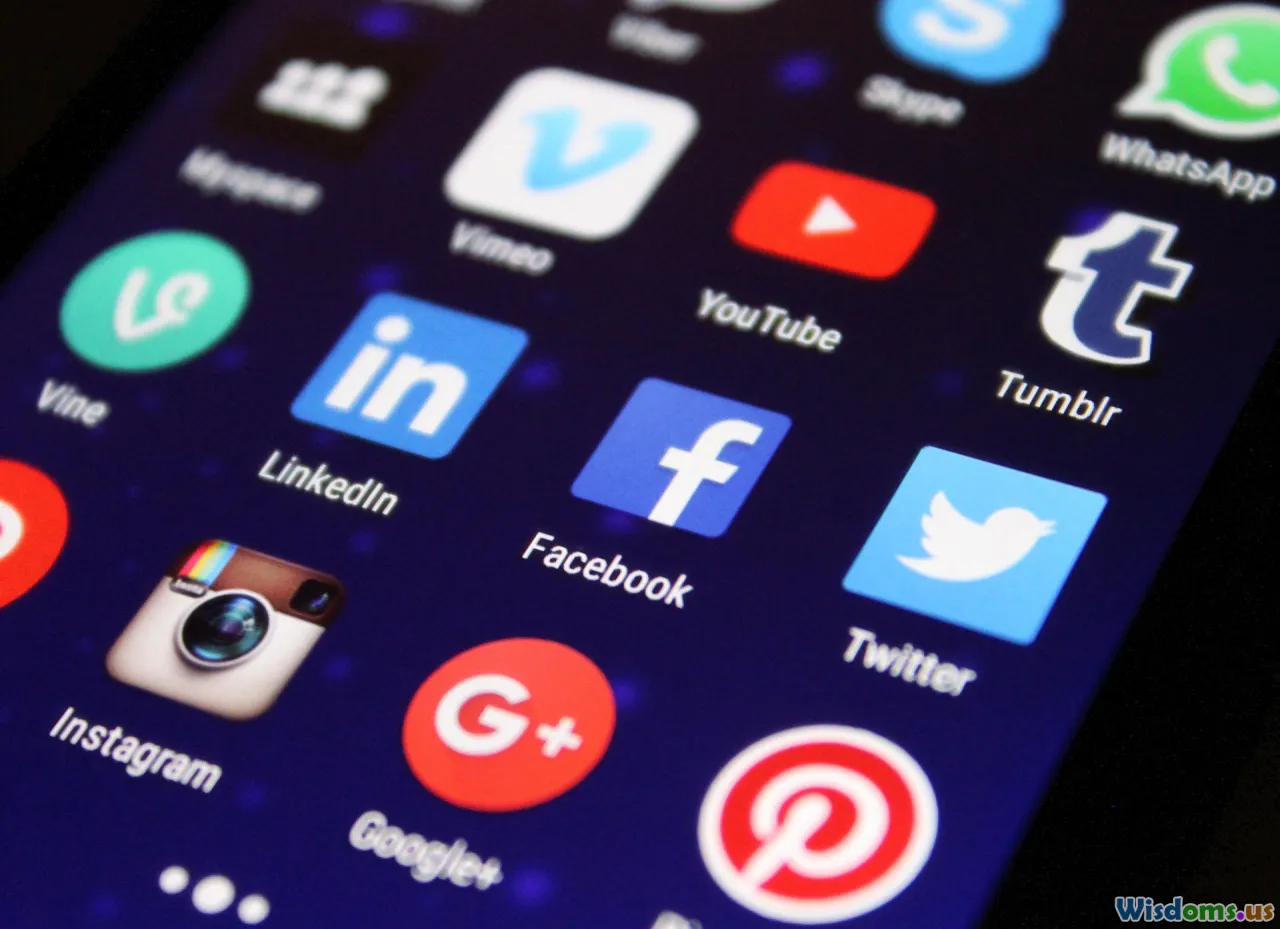
A tectonic change ushered in by streaming is the power of social-driven discovery. Formal critics and box office receipts now compete with fan enthusiasm, memes, TikTok edits, and subreddits. In this new arena, redemption is just one trending hashtag away.
Iron Giant (1999) bombed due to negligible marketing, arriving on streaming to quietly grow a following. Kids discovered it through guardian recommendations, online posts celebrated it as an overlooked masterpiece, and Brad Bird’s heartfelt animation circulated anew. By the time it appeared on platforms like HBO Max, critical reassessment was in full swing, and a generation raised by streaming came to cherish it.
Similarly, Hocus Pocus (1993) was considered a disappointment when released mid-summer. Over decades, annual Halloween streaming made it a cultural staple; social commotion bred sequels, merchandise, and themed events. The noise generated by collective fan rituals outpaces any box office metric.
Unconventional Genres and Timing: The Hidden Blessing

The theatrical model practically demands immediate, broad audience appeal. However, streaming gently rewards niche tastes and slow-burn engagement.
Science Fiction: Blade Runner 2049
Dennis Villeneuve’s Blade Runner 2049 (2017) was admired by critics but failed commercially. Its contemplative, visually excessive style found a deeper, more deliberate audience online. With time, enthusiasts dissected its themes, drawing more fans and positioning the film as a masterpiece of modern sci-fi—courtesy of Hulu and Netflix Italy, where it consistently trended in ‘Top Film’ categories.
Animation: Treasure Planet
Disney’s Treasure Planet (2002) was lost amid bigger studio releases and suffered from uncertain demographic targeting. Streaming, particularly Disney+, reframed the film for new generations of animation lovers, giving its adventurous spirit the longevity it deserved.
These examples show the power of untapped niches and target audiences never adequately reached by theatrical marketing but whom streaming algorithms are exceptionally good at finding.
Algorithm Magic: Personalized Recommendations Fueling Resurgence
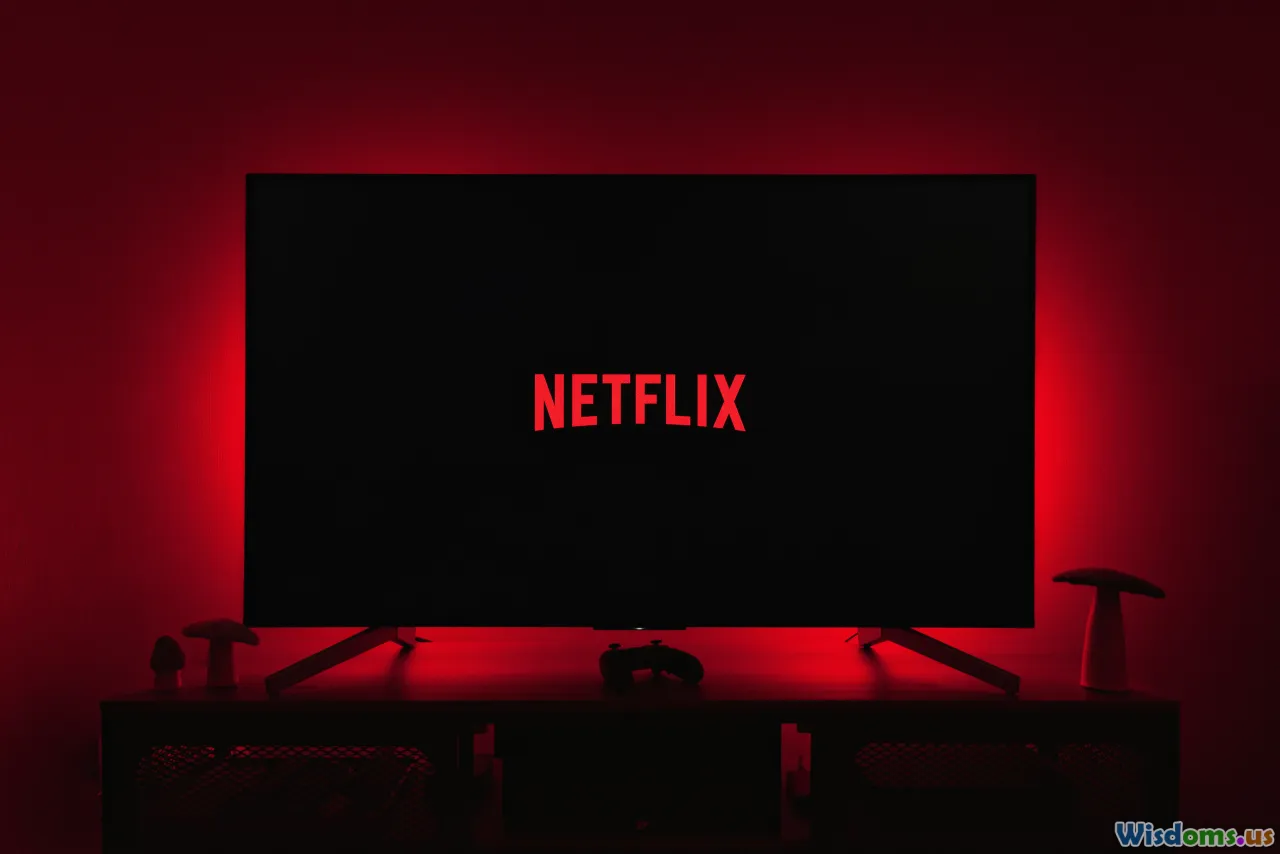
The streaming algorithm is Hollywood’s new hype machine. With advanced data analytics shaping what’s next “in front of eyeballs,” streamer home pages curate personal experiences based on taste, history, and browsing behavior. A few oversights now turn into second chances.
Take The Nice Guys (2016): Comedy, noir, and action blend with Ryan Gosling and Russell Crowe’s charisma, yet modest box office earnings halted any follow-up. Netflix’s algorithm nudged the film onto users’ recommended watchlists, creating a wave of meme-driven enthusiasm and critical reevaluation, sparking persistent sequel speculation.
Another powerful example is Cloud Atlas (2012): initially lambasted as confusing in cinemas, its complex narrative became a feature instead of a flaw on streaming platforms. Viewers were empowered to pause, rewatch, and retrace plotlines, leading to online essays, theory videos, and a groundswell of support.
The more we watch, rate, and discuss, the more the "robots" push otherwise obscure movies into mainstream feeds, driving gentle yet resilient popularity spikes.
Changing the Stakes: Financial Models and Redemption

Streaming alters not just perception but viability. When a theater flop finds a life online, it opens new revenue streams. Royalties, licensing fees, and surge-driven ad revenue grant modest successes a meaningful afterlife. In contrast, the traditional home video market required costly physical distribution, large up-front orders, and rarely rewarded stragglers.
Anecdotally, word arose that low-earning cinema releases like Annihilation (2018) received eye-popping streaming deals: Paramount licensed it globally to Netflix outside the U.S. and China, transforming a domestic disappointment into a global hit. Similar arrangements benefited direct-to-streaming launches during the pandemic, signaling to studios that multi-platform windows might be more lucrative than single-bet box office rollouts.
New opportunities also crop up for sequels, spin-offs, and adaptations—a recent real-world example being Disney’s reconsideration of Enchanted (2007), which underperformed in theaters but evolved into consistent streaming gold, prompting a belated Disney+ sequel in 2022.
What Makes a Streaming-Comeback Movie?

A pattern emerges among films that succeed anew online. Here are some tested traits:
-
Distinctive Directing/Storytelling: Films with bold or unique artistic voices, which might clash with mass market tastes but become cult treasures (e.g., Speed Racer, Dredd).
-
Star Power in Unusual Roles: Audiences often catch or revisit movies with now-famous actors early in their careers, like Chris Evans in Snowpiercer.
-
Genre Mashups and Niche Audiences: Movies blending genres—such as Crimson Peak (gothic romance and horror)—are seldom mainstays in theaters, but streaming viewers appreciate the experimentation.
-
Rewatch and Discussion Value: Films with denser plots or hidden details, like Knives Out, reward repeat streaming and community speculation.
-
Missed Marketing Windows: Sometimes, all it takes is a holiday or cultural moment aligning with a movie’s theme—turning former also-rans into seasonal chart-toppers.
A decisive ingredient is the platform’s ability (and willingness) to keep underperforming titles available long after opening week, allowing for belated discovery.
Case Studies: Five Standout Streaming Comebacks
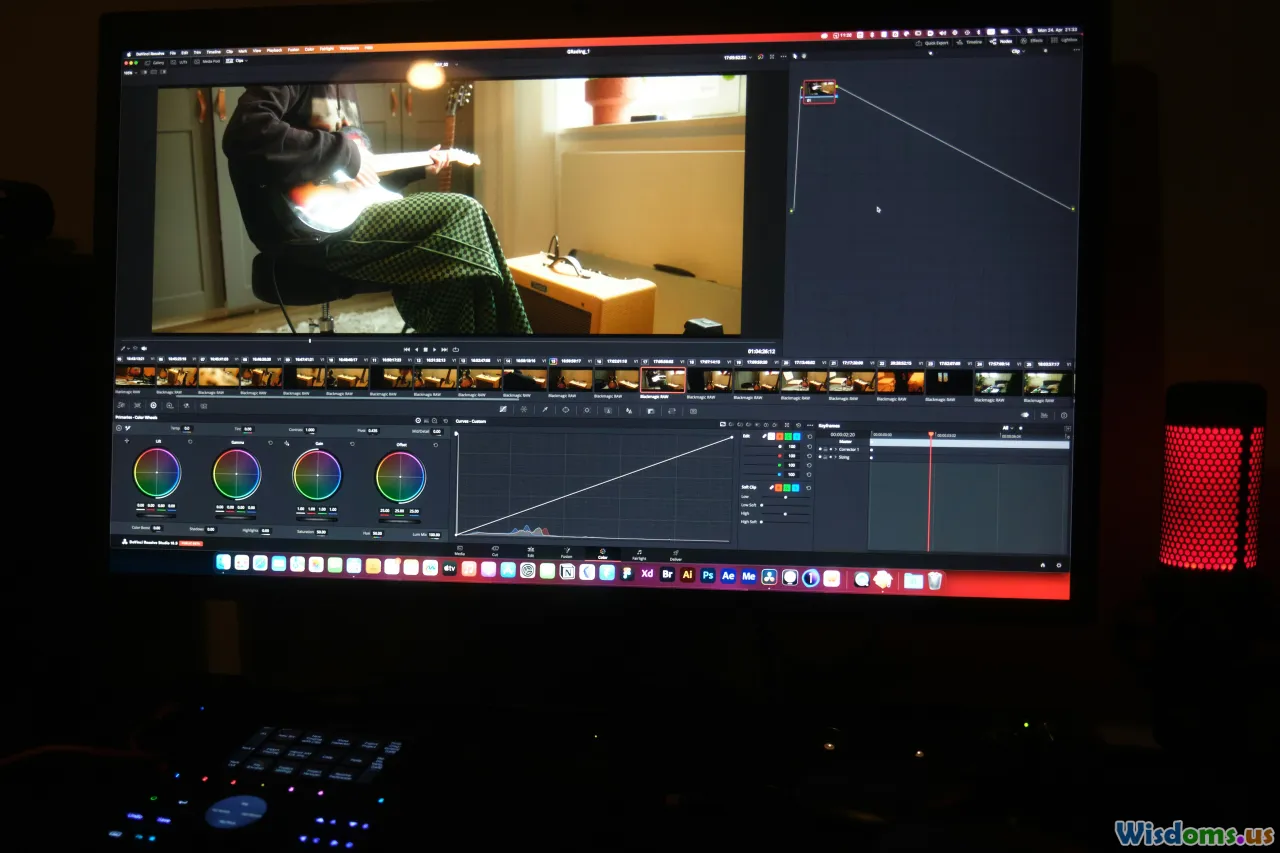
Here’s a closer look at five films whose post-theatrical journeys exemplify "flop to hit."
-
The Invitation (2015)
- Box office: Modest festival run, minimal revenue.
- Streaming arc: Gained intense horror-fan buzz on Netflix, with critics and influencers declaring it a modern classic years after release.
-
Blade Runner 2049 (2017)
- Box office: Nobel but financially disappointing.
- Streaming arc: Consistently charts high among sci-fi lists on services worldwide; creative analyses and thinkpieces fuel ongoing discussion.
-
Jupiter Ascending (2015)
- Box office: Recouped budget at best.
- Streaming arc: Streaming satire, memes, and "it’s so wild, you just have to see it" appeal made it a reliable viral fixture.
-
The BFG (2016)
- Box office: Dead on arrival in U.S. theaters.
- Streaming arc: Beloved by family audiences thanks to Disney+ and school holiday programming.
-
Popstar: Never Stop Never Stopping (2016)
- Box office: Slipped through the cracks despite critical support.
- Streaming arc: Rapid-fire humor and mockumentary structure made it endlessly quotable on Hulu, birthing a passionate fanbase.
Each illustrates the strength of persistence, and the digital realm’s indifference to conventional definitions of “success.”
Insider Takeaways: What Filmmakers and Studios Can Learn

For the creative minds behind these movies (and the executives who bankroll them), the rise of streamers comes with strategic lessons:
- Don’t Give Up Early: A poor box office doesn’t doom a film. Plan for a strong streaming play, leveraging fanfare and data to support relaunches.
- Harness Online Communities: Encourage, don’t fear, fan-driven analysis, including memes, fan art, and discussion threads, which can organically promote reappraisal.
- Embrace Algorithmic Discovery: Submit diverse and niche titles to genre-focused carousels and playlists. Let the machine-learning engines do what marketing budgets cannot.
- License Wisely: Flexible, multi-platform release strategies and tiered licensing can turn single-market duds into worldwide digital stalwarts.
- Follow Long Tails, Not Just Big Openings: Invest in robust metadata tagging to ensure movies are discoverable by interest, theme, or moment, allowing evergreen rather than one-off returns.
Above all, streaming has rewritten the lifecycle of film. Quality, originality, and even controversy may eventually triumph—if given enough digital breathing room.
What once dictated a film’s fate—box office, critics, timing—no longer rules uncontested. In the streaming era, “flop” is just a pause in the journey. Thanks to audience passion, algorithms, and new business models, cinematic underdogs now have pathways from ridicule to relevance, sometimes even achieving the status of classics. For filmmakers and movie lovers alike, it’s a renaissance that ensures everything gets a second chance to shine.
Rate the Post
User Reviews
Other posts in Box Office & Streaming Rankings
Popular Posts










